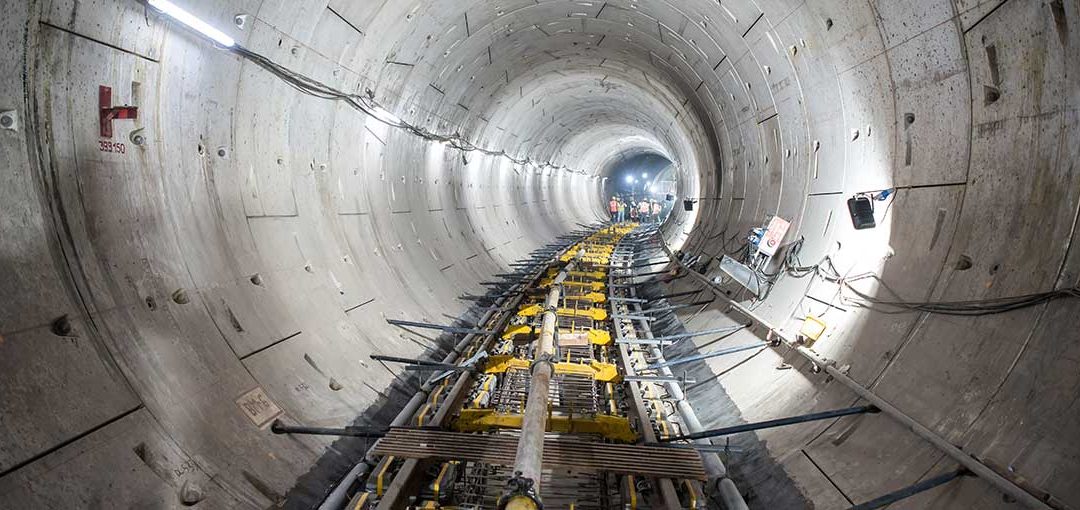15 Most Common Construction Hazards In Confined Spaces
15 Most Common Construction Hazards In Confined Spaces
August 28, 2023 |
Safety has always been pivotal in any construction project. However, when dealing with confined spaces, the issues get manifold. These spaces can include tanks, tunnels, pipelines, or other areas with restricted access. They can lead to potential or actual hazards. Let’s examine common construction hazards in confined spaces that workers face in this article.
The Dread of Fire or Explosion
Confined spaces, when not well ventilated, can gather dangerous substances that can catch fire or explode. Flammable fuels, gases, dust particles, and certain chemicals that leak can cause fires and lead to disastrous outcomes. Regular inspections and maintenance of flammable materials, ignition sources, and electrical equipment can help in reducing this hazard. Such preventive measures can significantly reduce the chances of unintentional fires or explosions.
The Silent Threat of Asphyxiation
Confined spaces, particularly those below ground level, can have less oxygen than open areas. The oxygen level drops, and toxic gases build up. This can cause asphyxiation, which is life-threatening. Employers should give safety equipment like masks to prevent people from suffocating. They should also check the air often to make sure it’s safe.
Oxygen Deficiency
Lack of oxygen in confined spaces can prove lethal for construction workers. This issue often occurs when oxygen is replaced by other gases, metallic structures rust inside the space, or microbial activity happens in the soil. Before workers enter a small area, they need to use gas detectors to check and monitor the amount of oxygen. Ventilation equipment may also be necessary to maintain adequate oxygen levels.
Toxic Substances
The risk of exposure to toxic substances is a grim reality in confined spaces. Residue in the space or soil, or contaminants from water, could be the source. Workers need training to identify and handle risks linked to certain substances. They should also be given protective gear to reduce exposure to these dangers.
Heat Stroke
Summers can turn confined spaces into heat-traps. Without enough ventilation, the temperature in these spaces can get really hot. This can lead to dehydration and heat strokes. To ensure the well-being of workers and prevent heat-related illnesses, it is important to provide them with regular breaks, access to water, and a comfortable working environment with proper climate control.
The Risk of Drowning
In the construction industry, drowning isn’t restricted to water bodies. Workers can drown in small spaces filled with liquid or loose materials like sand or grain. Proper training in safety harnesses, lifelines, and rescue equipment can prevent this hazard.
False Sense of Security
Confined spaces might seem harmless, leading to a wrong sense of safety. This often results in lax safety measures, making workers vulnerable to unforeseen accidents. Regular briefings should be conducted to discuss the potential dangers in confined spaces. Always follow proper safety protocol.
Issues of Inadequate Access and Egress
Proper access and egress are crucial in handling emergencies. Many confined spaces make it difficult to rescue people during emergencies because they don’t have easy ways to enter or exit. To make such spaces safer during emergencies, it’s important to have wider access points and reliable exit paths for faster evacuations.
The Subtle Atmospheric Hazards
Changes in the air inside small spaces, such as when it suddenly gets hotter or more humid, can cause physical discomfort and make it harder to think clearly or even pass out. Regular monitoring of these conditions is vital to ensure worker health and safety.
Potential Structural Collapse
The structural integrity of confined spaces is a significant concern. A small mistake can lead to walls or ceiling collapsing, which can trap and harm workers inside. Regular inspections can identify weak areas in the structure and design of confined spaces. Corrective actions can then be taken to ensure stability.
Remnants of Past Use
Confined spaces pose another danger – they may contain leftover harmful substances from previous use. These residues can produce harmful gases or lead to explosions if ignited. Properly clean and maintain these spaces first to get rid of unnecessary risks.
Carcinogens
Constructions sites often play host to carcinogens like asbestos and silica dust. Exposure to these substances in small spaces for a long time can cause serious health problems, such as lung cancer. Employers should ensure they provide enough protection, training, and monitoring to minimize the risks linked to harmful substances.
Electrical Hazards
Exposed wiring, faulty electrical equipment, or ungrounded metallic structures can cause electric shocks in small spaces. They can also trigger fires or explosions. Regular inspection and maintenance of electrical systems can help prevent such incidents.
Cuts and Amputations
Confined spaces can have sharp objects that move and could cause cuts or amputations. The small space can make injuries worse, making it harder to rescue people. Workers need to have the right protective gear and be trained to handle sharp or rotating objects safely.
The Presence of Silica Dust
Exposure to silica dust, often found in construction sites, can cause severe long-term health problems. In confined spaces, this risk becomes considerably higher due to poor ventilation. Measures like wet cutting, local ventilation, and protective gear can greatly reduce exposure to silica dust.
